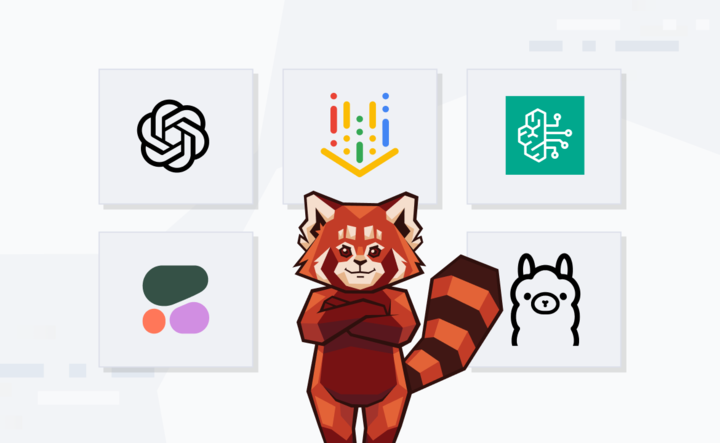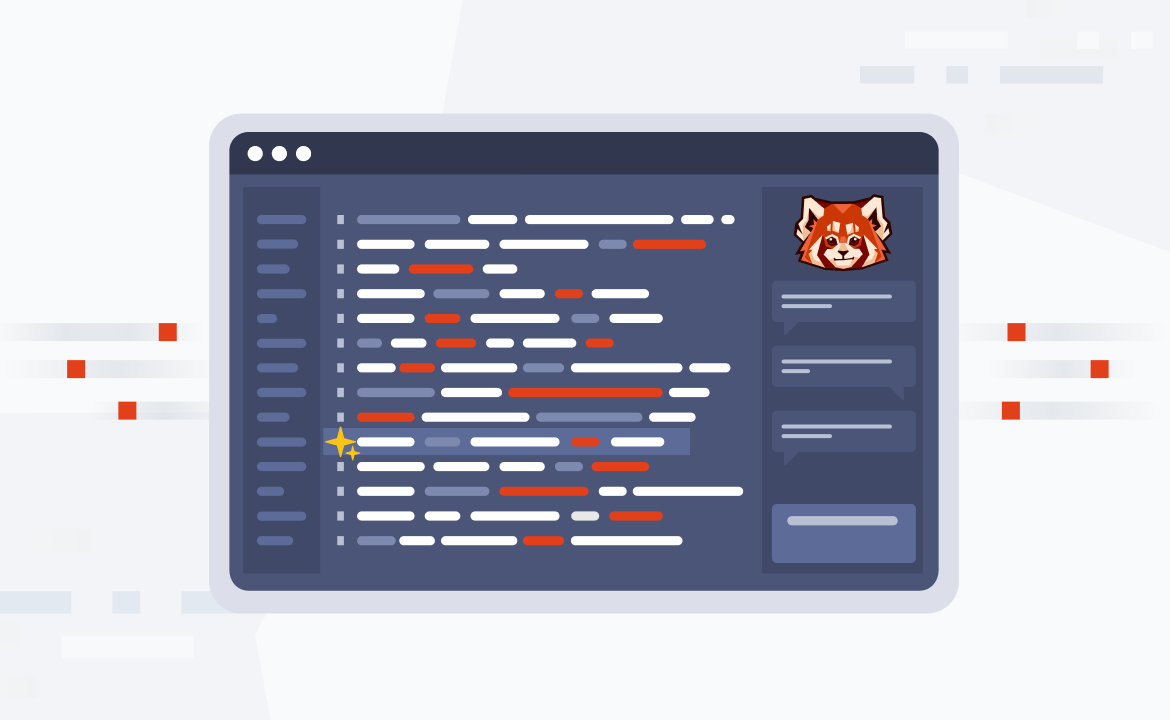
Meet the Redpanda Documentation MCP server
Get instant answers about Redpanda directly in your IDE with our new Model Context Protocol server

Imagine you're crafting the perfect Redpanda cluster configuration, when suddenly you need to double-check a setting. Do you:
If you picked B, you're going to love what we just shipped.

What’s the Model Context Protocol?
The Model Context Protocol (MCP) is an open standard that enables AI models to interact with external tools and services through a unified interface. Think of it as a bridge that connects your AI assistant to specialized tools and knowledge sources, in this case, the entire Redpanda documentation ecosystem.
Unlike traditional chatbots that give generic answers, MCP servers provide contextual, accurate responses from authoritative sources. It's like having a domain expert sitting next to you, but one who never judges your variable names.
Why we built it
As developers ourselves, we know the pain of context switching. You're deep in code, configuring a Redpanda cluster, when you need to check the syntax for a specific setting. Suddenly, you're juggling browser tabs, searching through documentation, and losing your flow.
Our MCP server isn't just a fancy search box. It's powered by an AI assistant (thanks Kapa.ai) that:
- Actually gets what you mean: Ask "How do I make Redpanda go brrrr?" and it'll understand you want performance tuning tips. (We speak fluent developer.)
- Is always up-to-date: Because nobody wants outdated config examples. That's just cruel.
- Lives where you code: Works in VS Code, Claude Desktop, and anywhere else that speaks MCP. No new tools to learn, no new accounts to create.
Getting started in 30 seconds
Adding the Redpanda MCP server to your workflow is simple:
For VS Code users
Click this link to automatically add the server: Add to VS Code
Or manually create a .vscode/mcp.json file in your workspace:
{
"servers": {
"redpanda": {
"url": "https://docs.redpanda.com/mcp"
}
}
}For Claude Desktop users
Edit your Claude configuration file to add:
{
"mcpServers": {
"redpanda-docs": {
"url": "https://docs.redpanda.com/mcp"
}
}
}Best practices
Once connected, treat your AI like that colleague who somehow knows everything about your tech stack. You can even ask it to run the steps returned by our MCP server!
Query examples
- "What's the best way to partition topics for high throughput?"
- "My cluster is eating memory. What configuration should I check?"
- "Show me SASL authentication setup for Redpanda Self-Managed with examples"
- "How do I connect Redpanda Cloud to AWS S3 using Redpanda Connect?"
Pro tips for better results
- Be specific about your use case, product, and version: Instead of "How do I configure Redpanda?", ask "How do I configure Redpanda Self-Managed version 25.2.1 for low-latency trading applications?"
- Ask for examples: Request configuration snippets and code examples.
- Follow up with context: Build on previous answers in your conversation.
Technical details
For the technically curious, our MCP server is built as a Netlify Edge Function that:
- Proxies requests to Kapa AI's chat API for intelligent document retrieval.
- Handles rate limiting (30 requests per 15-minute window) for fair usage.
- Detects browser requests and redirects to human-readable setup documentation.
The entire implementation is open and transparent. You can see exactly how it works by visiting our GitHub repository.
Try it today
Ready to supercharge your Redpanda development workflow?
👉 Visit docs.redpanda.com/mcp for complete setup instructions
👉 Questions? Ask them directly in your IDE once you're connected!
Have feedback about the MCP server or have ideas for additional features? We'd love to hear from you in our Redpanda Community on Slack.
Related articles
VIEW ALL POSTSLet's keep in touch
Subscribe and never miss another blog post, announcement, or community event. We hate spam and will never sell your contact information.














.png)

